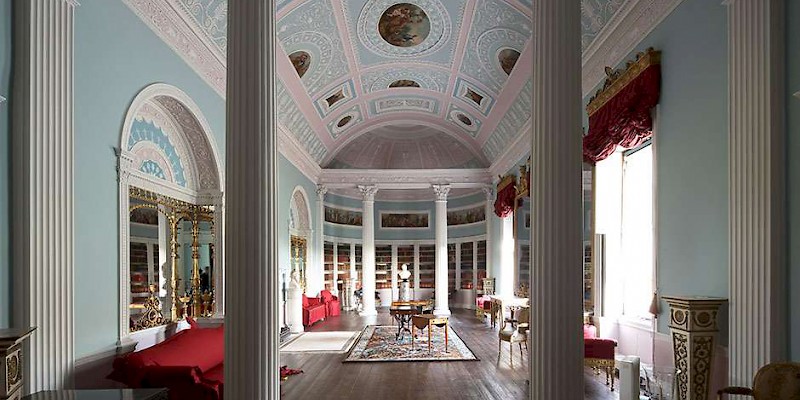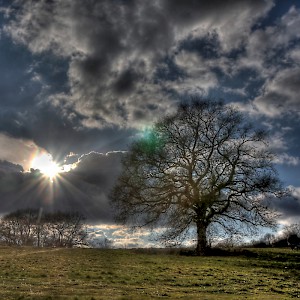Kenwood House ★☆☆

A 17th century manor house in Hampstead Heath with a fabulous free art collection
This genteel, early 17th century manor house on the northern edge of Hampstead Heath park was remodeled in 1769–74 by the Scottish architect Robert Adam.
Kenwood and its 112 acres (incuding a dairy) were bequethed to the park in 1927 by its last private owner, Edward Cecil Guinness, an Aglo-Irish aristocrat (raised 1st Earl of Iveagh) who ran the famed Irish brewery founded by his great-grandfather (and became the richest man in Ireland by taking the company public in 1886).
(This habit of donating land to create excellent parks in major cities must have run in the family; his younger brother Arthur donated St. Stephen's Green to Dublin; Lord Iveagh himself also turned his Dublin home's "back garden" into the vast park of Iveagh Gardens.)
The house is now managed by the English Heritage Trust and is open to the public for free—which is wonderful since Lord Iveagh also left in place at Kenwood House his excellent collection of art, since expanded by the trust.
Among the highlights:
- Rembrandt's late Self Portrait with Two Circles (1661). The elderly artist is in his studio; that long stick emerging from the bouquet of brushes in his left hand is a mahlstick, used to support the artist's hand while he painted.
- Vermeer's The Guitar Player (1672). This is possibly a portrait of the painter's daughter Maria. Notice how the guitar string is actually vibrating in the painting. The painting was stolen in 1974 and held for ransom, but recovered by Scotland Yard from its hiding place in the cemetery of St Bartholomew-the-Great.
- Frans Hals' Portrait of Pieter van den Broecke (1633). The gold chain worn by this successful cloth merchant (and personal friend of Hals) is what the Dutch East India Company gave him after 17 years of service, during which he became one of the first Europeans to describe the villages of Western and Central Africa, and possibly the first Dutchman to try a new drink called "coffee."
- Thomas Gainsborough's Portrait of Countess Howe. The Countess had this painted in Bath, where Lord Howe was taking the waters to relieve his gout.
- Henry Landseer's Hawking in the Olden Times. The hawk is taking down a heron in the Scottish Highlands, which Landseer visited while staying with Sir Walter Scott in 1824.
There are also paintings by Joshua Reynolds, Anthony van Dyck, and JMW Turner—not to mention a sculpture garden featuring such mid-20th century greats as Henry Moore and Barbara Hepworth).
If Kenwood House looks vaguely familiar, perhaps you are recalling the "filming the Henry James picture" scenes towards the end of the Julia Roberts/High Grant romcom Notting Hill.
There is also a Brew House Café serving hot breakfast and lunches, and a Steward's Room selling takeout for picnics.
Tips
Since it's free, if you are on the Heath and even midly interested you could pop in for 20 minutes.
If you love art, you will spend more like 45 minutes to an hour.


















